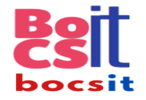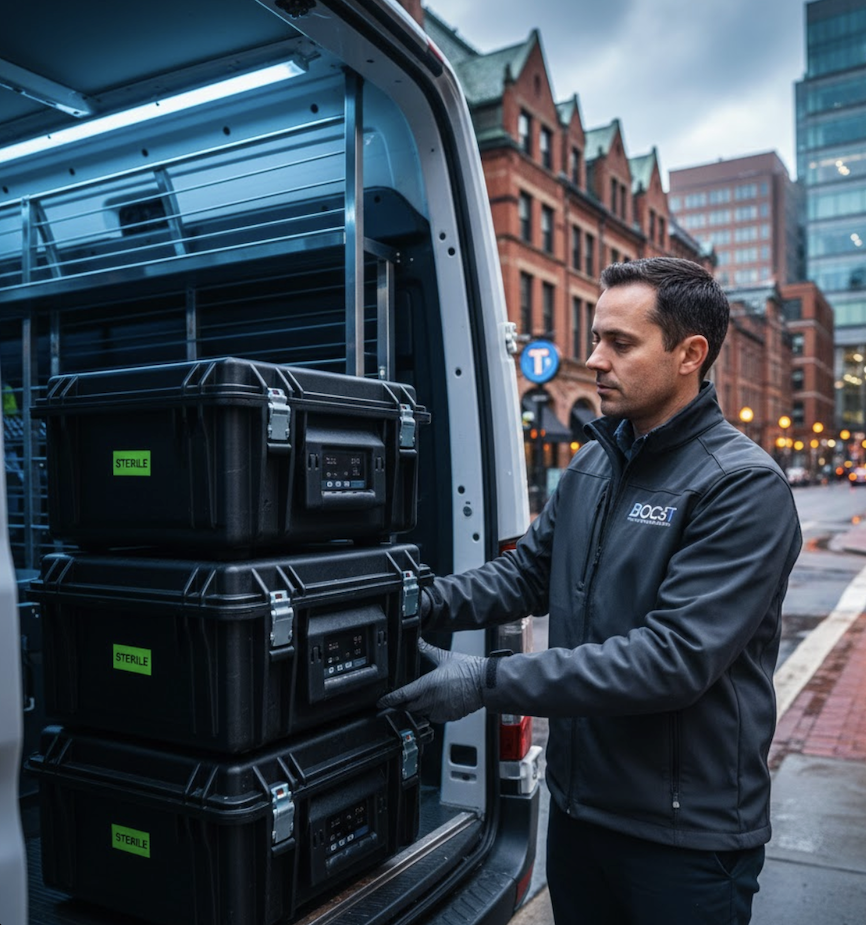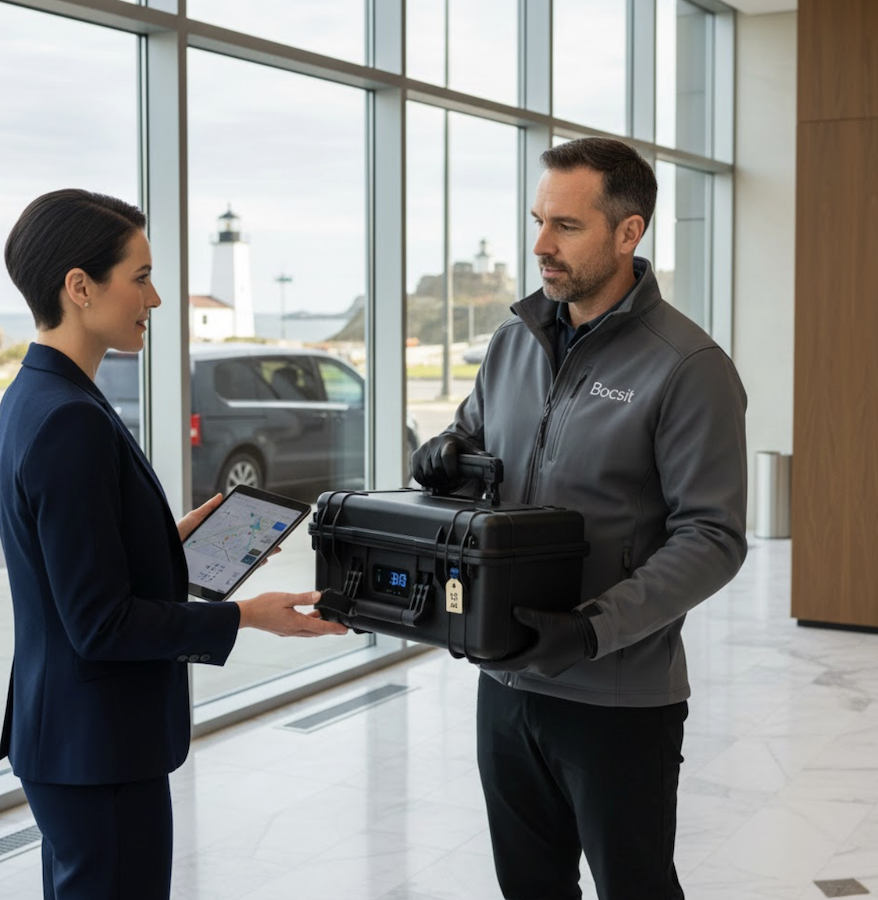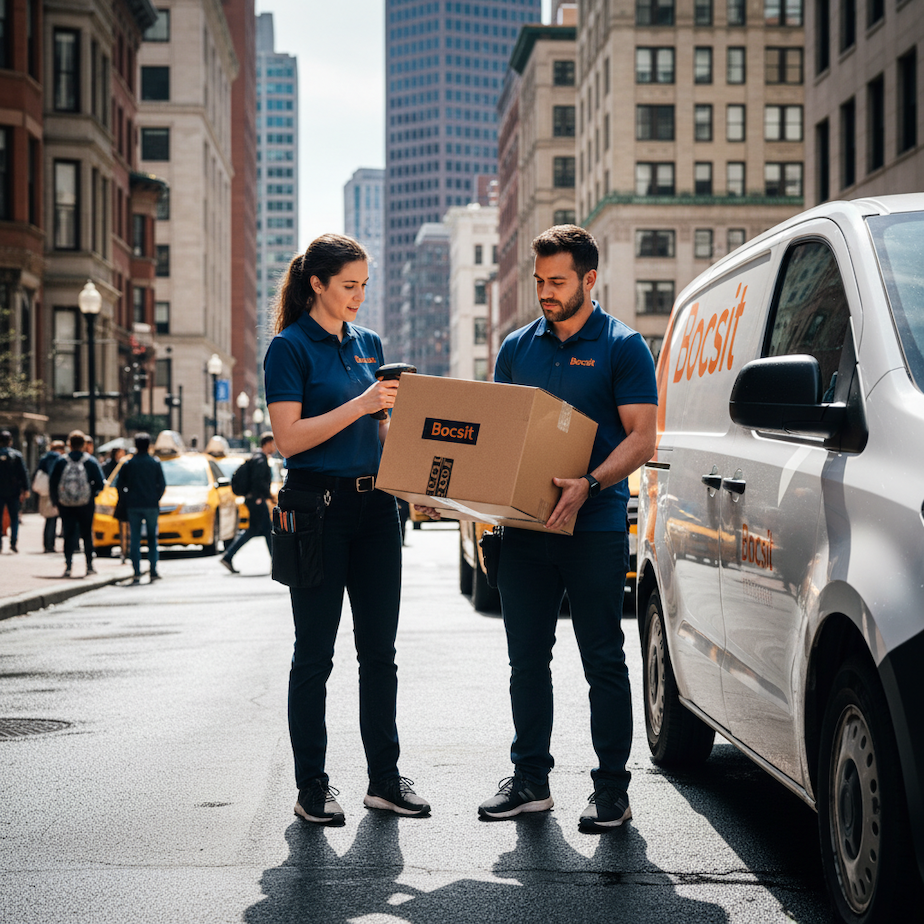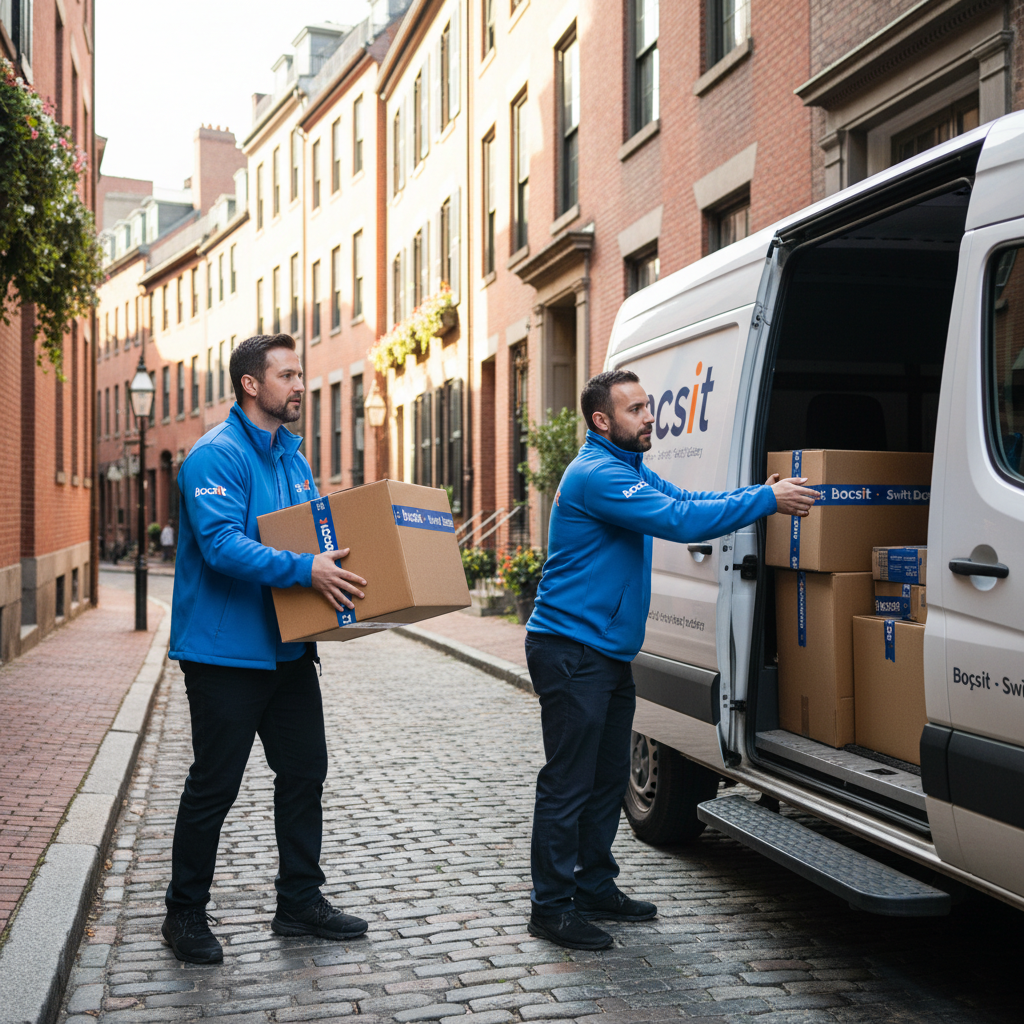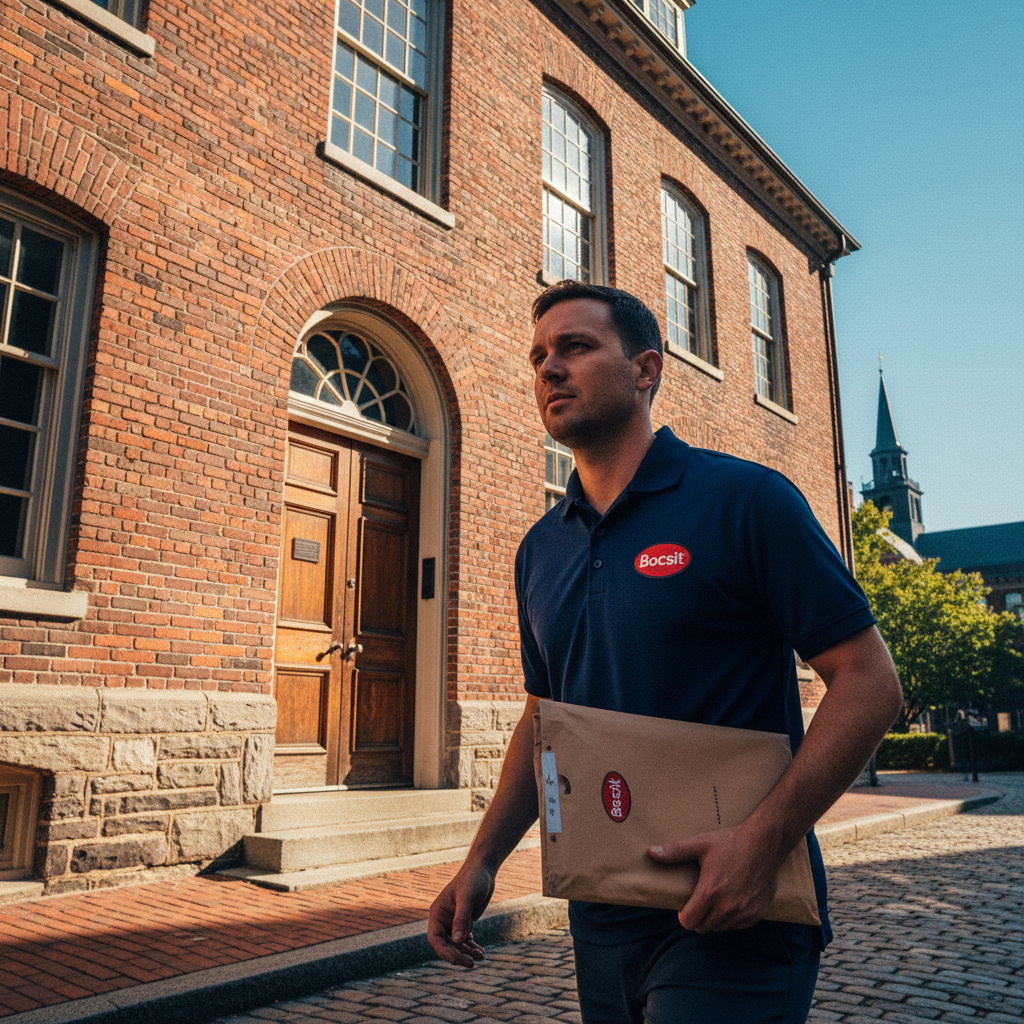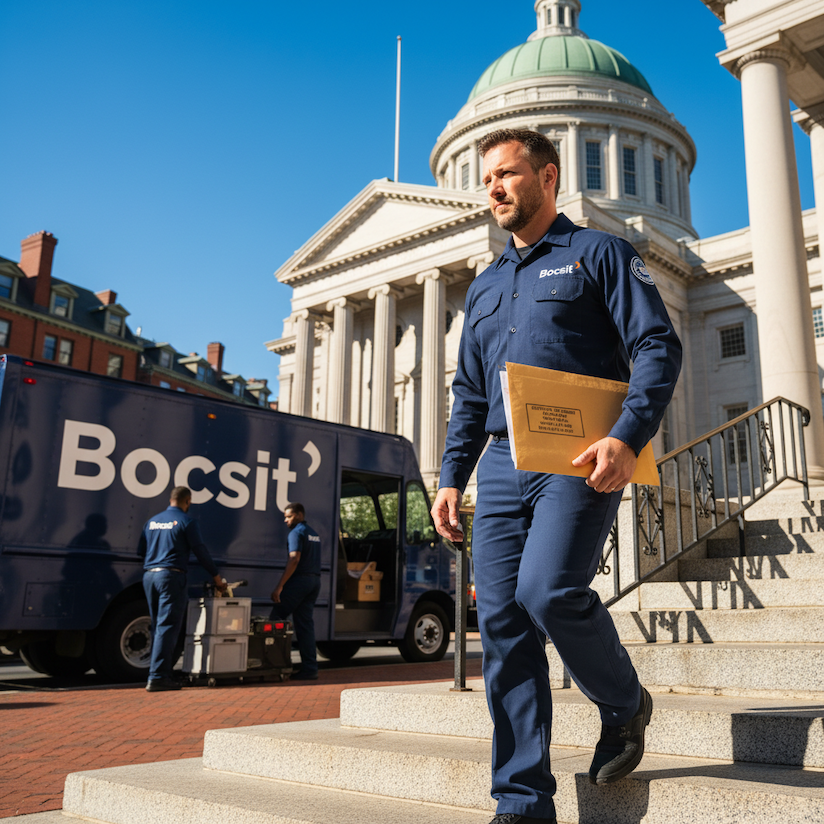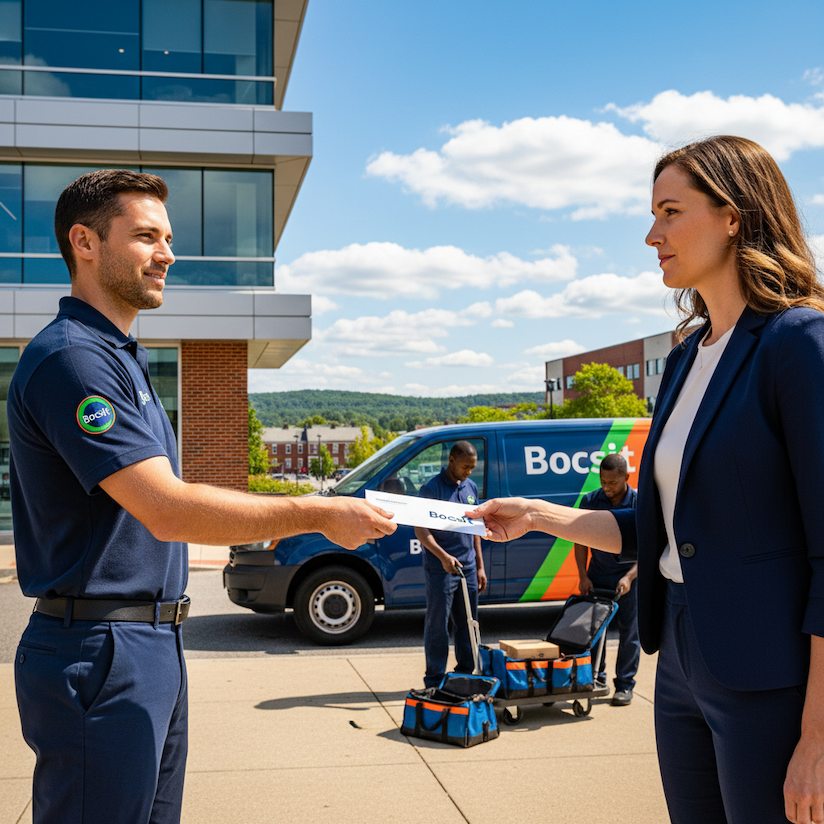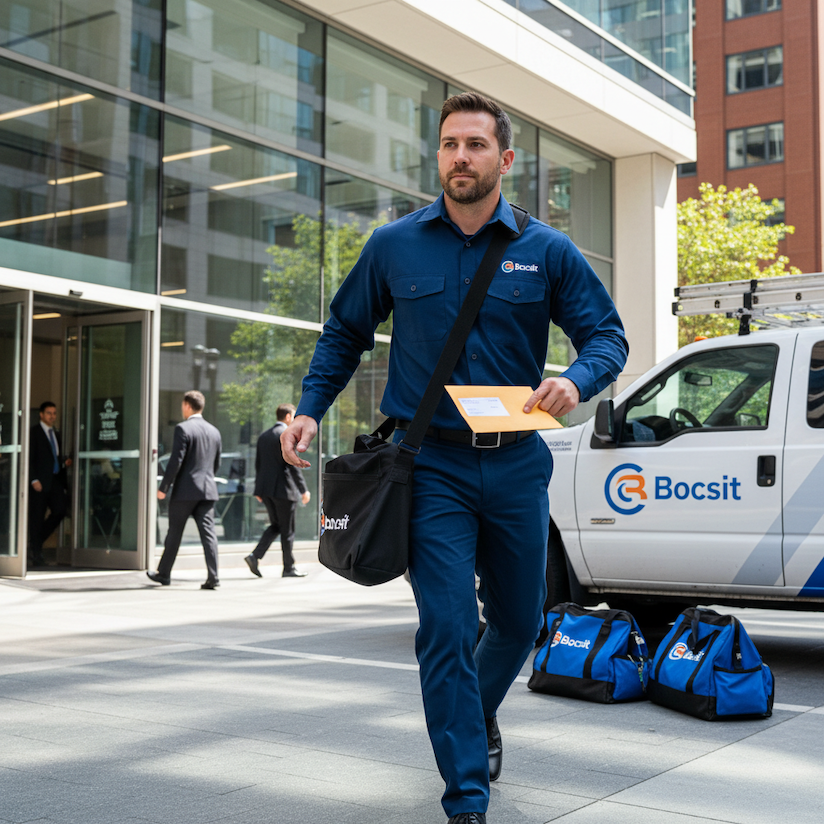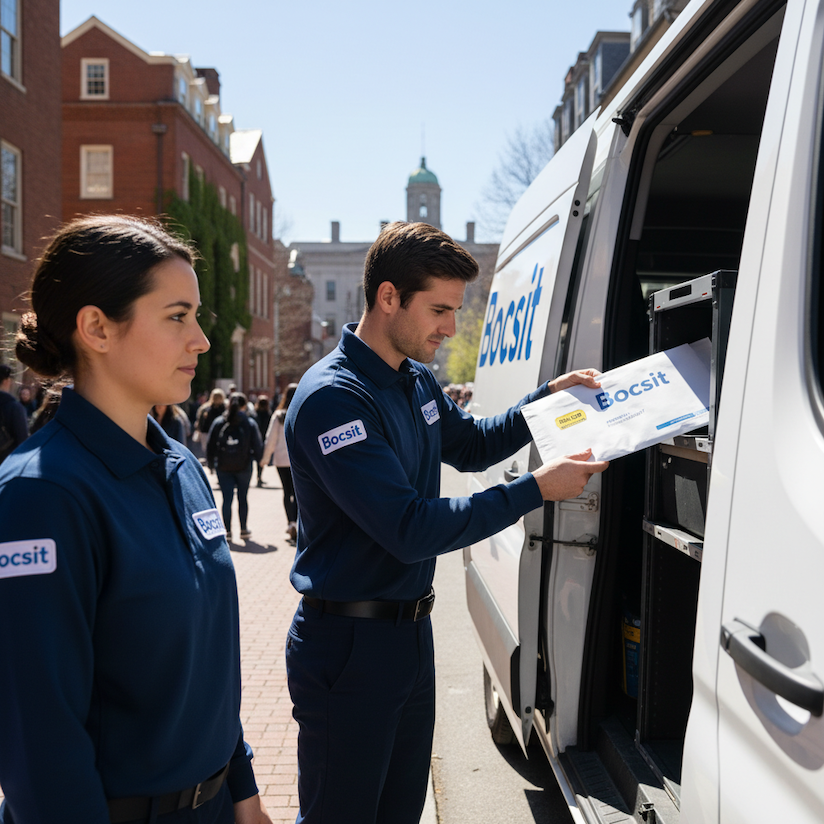The Rise of On-Demand Delivery: How Same-Day Couriers Became an Essential Utility
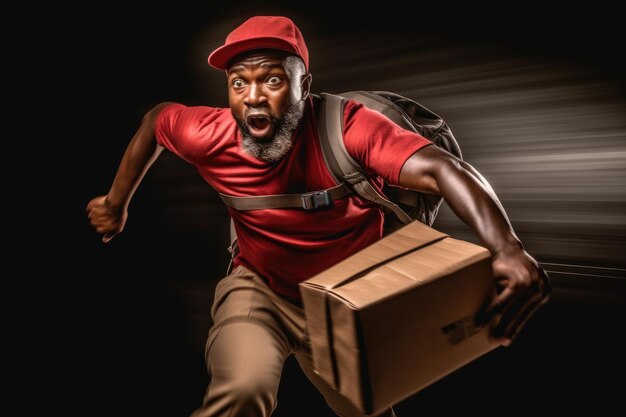
Once a luxury convenience, same-day delivery has evolved into an essential utility powering modern life. The overnight rise of app-based services transformed expectations around immediacy and accessibility. Tap a smartphone and dinner or a ride materializes within minutes. Now couriers bring that same instant gratification to retail and logistics, unlocking speed and flexibility unmatched by traditional postal infrastructure.
In this piece, we’ll explore the meteoric adoption of same-day delivery and how nimble couriers stepped in to meet surging on-demand expectations. We’ll also highlight key trends and innovations around real-time logistics, and why couriers will only become more integral as consumer appetite for speed continues growing.
Changing Attitudes Around Delayed Gratification
Humans always sought instant solutions to needs and wants. But established norms around commerce and supply chains forced patience - electronic orders reliably arrived in 5-7 business days. Mid 20th century middle-class shoppers eagerly awaited the Sears Roebuck catalog to browse wares weeks until delivery.
Digital disruption eroded these ingrained delays. Music downloads provided immediate access to new releases. Smartphone and app proliferation enabled impulse online shopping with single clicks. Social media conditioned users to expect instantaneous communication. Lagging response times induced boredom and agitation.
Against this backdrop, two-day Amazon Prime delivery felt glacial. Urban populations exploding alongside mobile connectivity stoked appetite for near-instant transactions and fulfillment. Couriers bridged the gap, bringing retail gratification in line with engrained tech and information patterns.
The Rise of Same-Day Delivery Networks
Sensing opportunity, scrappy couriers built hyper-localized logistics networks bypassing conventional carriers’ rigid operational constraints. Fleets of contracted drivers provided on-demand, point-to-point movement within tight urban radii. Delivery intervals shrank from days to hours while keeping costs affordable compared to overnight air shipping.
Leveraging mobile apps and tracking technology, new same-day delivery companies optimized routing efficiency. Auto-dispatch algorithms dynamically matched orders to nearest available couriers, while providing consumers visibility into estimated arrival times. Such smart logistics made speed scalable, presaging the coming boom.
These networks exponentially expanded consumer and retailer access to expedited delivery. SMB e-commerce sellers rely on same-day shipping to vie with Amazon. Boutique brands bring tailored fashions to doorsteps on tight deadlines. Meal kit companies adopt just-in-time supply chains to deliver fresh ingredients. Startups ship groceries, alcohol and prescriptions within hours. Even antiquated service calls upgraded - no more awaiting cable guy windows. On-demand economy permeates daily transactions.
Pandemic Acceleration into the Mainstream
Public health crises spurred by COVID-19 lockdowns turbocharged same-day delivery's rise into the mainstream. Homebound consumers turned online for not just retail therapy but daily essentials from groceries to medical supplies. Couriers provided vital neighborhood-level distribution enabling this shift.
Established shipping giants strained under surging e-commerce order volumes. Delivery timetables blew past promised dates. Yet nimble same-day operators adapted through technology and hyperlocal knowledge, rapidly onboarding new brick-and-mortar merchants onto their ad-hoc networks. Their flexibility stabilized communities amidst chaos.
This overnight pivot firmly cemented attitudes around instant commerce. Customer loyalty flows to brands offering the greatest speed and reliability. Retaining that fidelity post-pandemic motivates merchants to integrate same-day shipping into baseline operations rather than a luxury add-on.
Ongoing Innovation in Instant Logistics
Far from maturation, same-day delivery continues evolving new specialized models around contemporary preferences like convenience, personalization and density. Crowdsourced individual contract drivers further decentralize networks to facilitate specialized deliveries. Startups furnish on-demand hauling of bulky e-commerce items from furniture to fitness gear. Ever faster intervals - 90 minutes, 60 minutes, 30 minutes - cater to imperative impulse orders.
Even ubiquitous food delivery bifurcates into meal kit versus prepared meal couriers. Niche positions emerge around hauling laundry, alcohol, pets or cannabis as legalization spreads. Prescription and grocery delivery folds healthcare into convenient consumerism. And new platforms seamlessly integrate same-day into retailers' checkout flows rather than a separate afterthought.
Same-day's hyper-flexibility not only lowers consumer friction but advances sustainability. Shared routes, bikes and vehicles reduce mileage waste. Custom orders prevent overstock and waste. And slimming delivery windows conserve refrigeration and energy. Ubiquity breeds responsibility.
The Instant Gratification Economy is Here
Instant commerce once seemed an impossible feat. But smartphone connectivity and contracted couriers permanently reconfigured consumer timetables and patience thresholds. Same-day delivery's versatility helped countless businesses stay solvent through turmoil while unlocking new transaction models. And ongoing optimizations continue slashing friction.
Soon even hours may seem an unreasonable wait. Successful companies across sectors will integrate creative expedited shipping solutions into standard operations. Because in a world of real-time information and communication, why should physical exchanges lag? In modern commerce, convenience is king. And couriers sit at the vanguard ushering in an on-demand economy built around customer timelines rather than operational limitations. The future favors speed.
